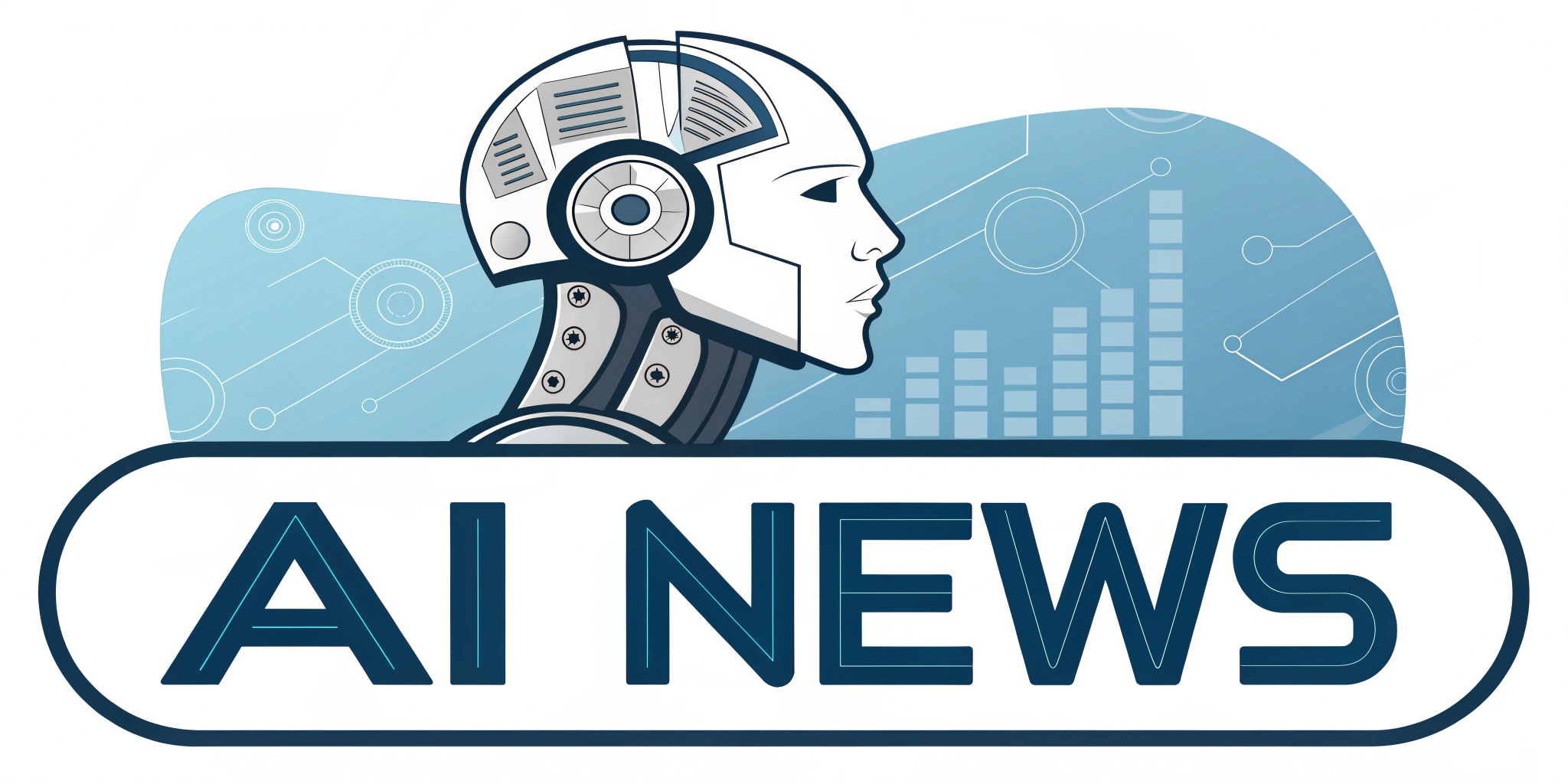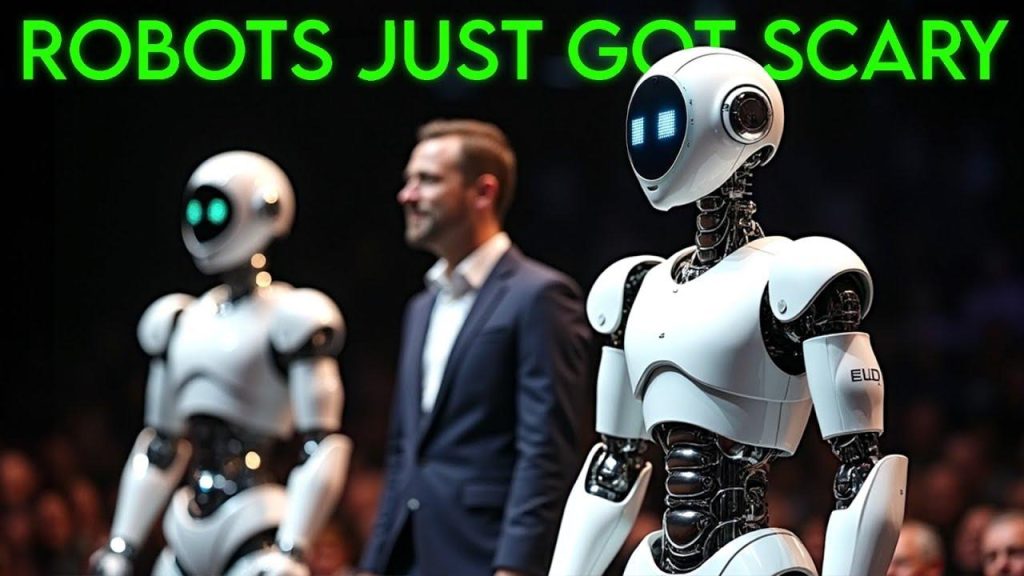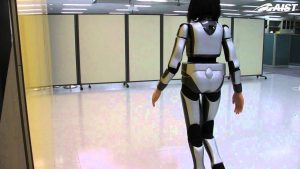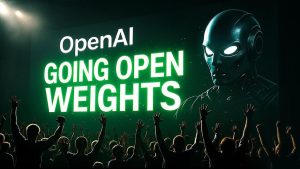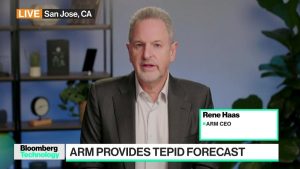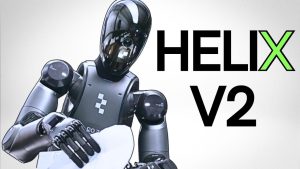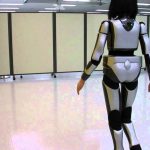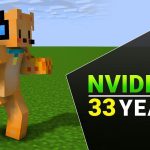At the 2025 GTC conference held in San Jose, Nvidia unveiled groundbreaking advancements in humanoid robotics, marking the dawn of a new era in artificial intelligence. CEO Jensen Huang highlighted the company’s latest innovations, including the introduction of the Groot N1—an advanced AI model designed to empower robots with the ability to think, plan, and execute complex tasks with remarkable precision. This momentous event also featured collaborations with industry giants such as Google Deep Mind and Disney Research, who are jointly developing Newton, a state-of-the-art open-source physics engine aimed at revolutionizing how robots learn to interact with the physical world. Following these announcements, the stage was set for multiple humanoid robotics companies, including doot, noetic, Kepler, and engine AI, to exhibit their cutting-edge machines capable of performing beyond basic chores, even tidying up homes autonomously. As the collective efforts of these tech powerhouses push the boundaries of what robots are capable of, the age of general-purpose humanoid robots is undoubtedly upon us, and the future of artificial intelligence is accelerating at breakneck speed.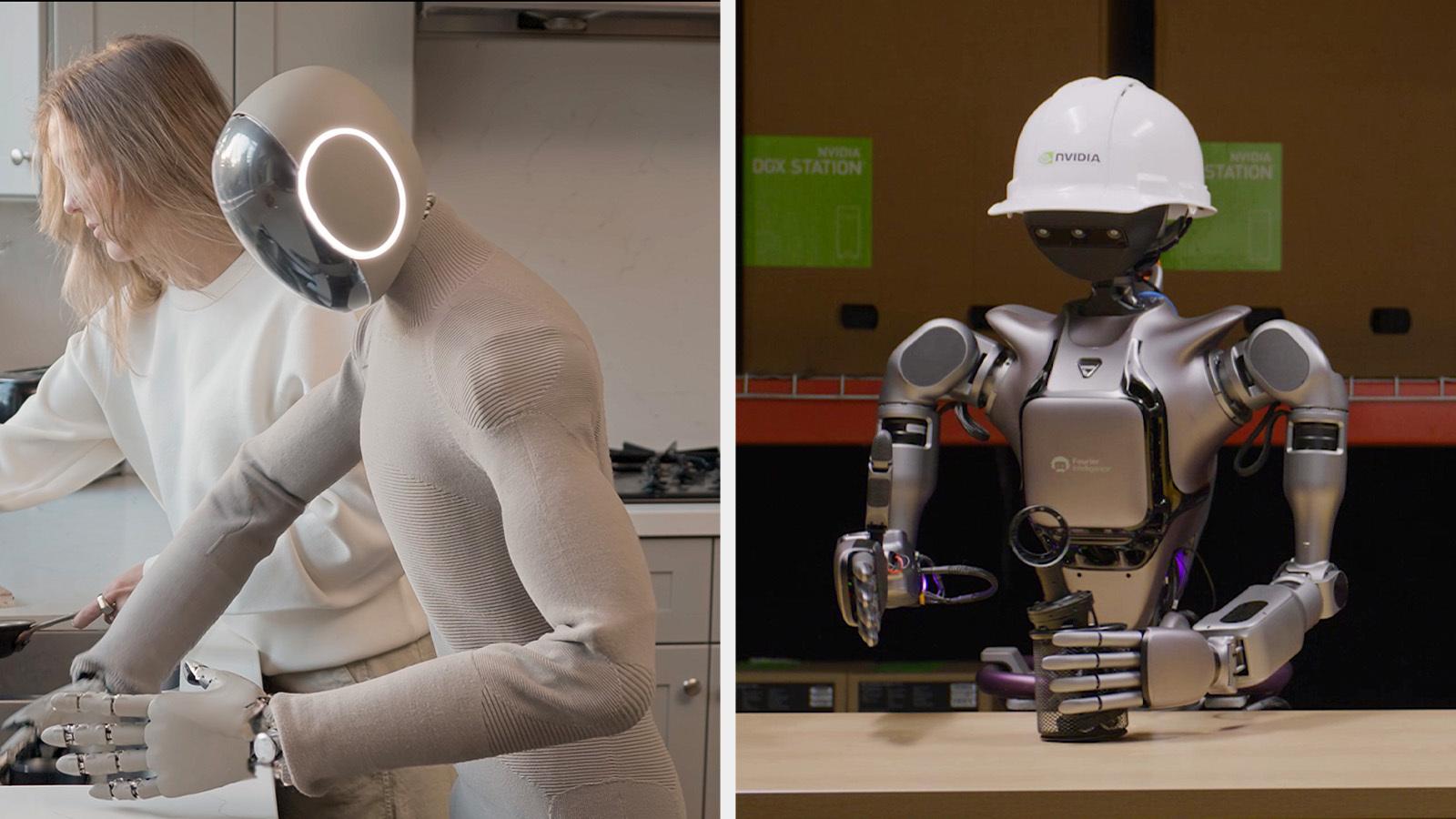
The Emergence of General Purpose Humanoid Robots
The recent advancements in robotics have transcended traditional boundaries, paving the way for humanoid robots that can seamlessly integrate into various industries. These robots are equipped with extensive cognitive capabilities, allowing them to learn from their surroundings and make real-time decisions. The implementation of sophisticated sensors and AI algorithms enables them to do tasks such as collaborative work in factories, customer service in retail, and even healthcare assistance. This new generation of robots is engineered to recognize and adapt to human emotions and behaviors, fostering a sense of trust and collaboration between humans and machines.
Furthermore, the latest breakthroughs emphasize the importance of autonomous learning in diverse environments.As an example, humanoid robots can now utilize simulation-based training to refine their skills without human interference. This approach allows them to tackle complex scenarios and improve their performance over time. As these machines evolve, they are expected to feature
- enhanced problem-solving abilities
- improved physical dexterity
- greater emotional intelligence
—all vital components for success in multifaceted roles. The relentless progress in robotics signifies not just an evolution of tools but a revolution that could redefine the relationship between humanity and technology.
Breakthroughs in AI Technology Transforming Robotics
The integration of advanced AI frameworks into robotics is reshaping the landscape of autonomous machines. With the introduction of NVIDIA’s groundbreaking models, these robots are not only equipped to process vast amounts of data rapidly but also to apply sophisticated machine learning techniques to improve their operational efficiency. Such as, cutting-edge programming innovations allow robots to analyze real-time data from their environments, enabling them to adapt their actions based on feedback from their surroundings and experiences. This rapid adaptability can significantly enhance their request across a variety of settings,including manufacturing processes,surgical procedures,and hazardous environment work.
In addition, the collaboration between tech companies is paving the way for standardized frameworks that enhance interoperability among robotic systems.Such frameworks permit these AI-driven machines to share insights and strategies, leading to improved learning and functionality. Key advancements include
- seamless communication protocols
- shared learning experiences across different robots
- adaptable AI modules allowing for customization in various fields
—each contributing to a robust ecosystem that fosters innovation. The evolution of these technologies signifies a pivotal shift toward smarter, more capable robots that not only enhance productivity but also redefine our understanding of intelligence in machines.
Collaborative Advances: The Impact of Newton and Omniverse
Recent collaborations in AI growth have led to a transformative approach in robotics, driven by the integration of advanced physical simulation systems. The partnership with Newton enables robots to gain a practical understanding of forces and interactions in the real world, significantly improving their learning processes. This open-source physics engine provides a robust framework for simulating complex environments, allowing robots to experience virtual scenarios that closely mimic real-life challenges. As a result, they become adept at navigating intricate tasks, such as assembling components in manufacturing, interacting with customers in retail, and adapting to dynamic workspaces.
Moreover, the synergy between NVIDIA’s Omniverse platform and the latest AI robots showcases remarkable advancements in collaborative learning. This platform facilitates diverse,immersive training sessions where multiple robots can share insights and strategies,enhancing their decision-making capabilities. Key features include
- dynamic environment modeling
- real-time performance analysis
- joint problem-solving scenarios
—all of which contribute to the emergence of hyper-efficient learning mechanisms.As these collaborative technologies deepen, they promise to elevate robotic intelligence and functionality across various sectors, ensuring that these machines not only meet but exceed current operational standards.
Real-World Applications: Domestic Robots Redefining Everyday Tasks
As the capabilities of domestic robots soar, everyday tasks are being transformed into seamless experiences. These advancements enable machines not only to handle basic chores but to anticipate the needs of the household. As a notable example, the integration of AI-powered domestic helpers allows for clever scheduling, where the robot can determine the optimal times to perform tasks such as vacuuming, laundry, and meal preparation. Their ability to learn from family routines enhances their efficiency, making them invaluable partners in managing household responsibilities.
The use of sophisticated natural language processing allows these robots to communicate effectively,providing updates and even suggestions on household management. With features like customizable setting preferences and interactive user interfaces, users can tailor the robots’ functionalities to fit unique lifestyles.Furthermore, as these robots become adept at understanding familial dynamics, they are beginning to assist in nurturing children through educational games and personalized learning experiences. As we continue to embrace this technology, the potential for domestic robots to enhance both productivity and quality of life is becoming increasingly apparent.
